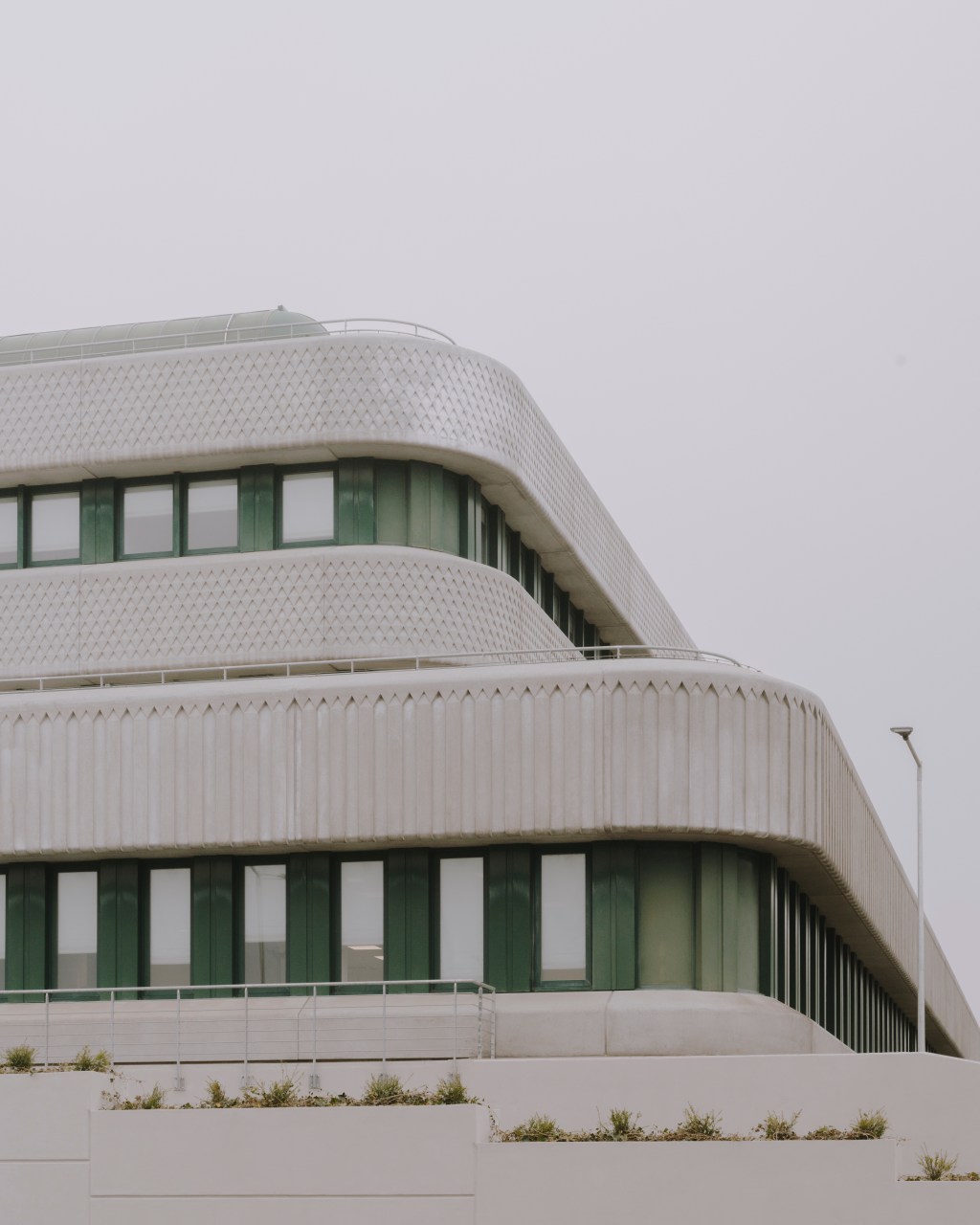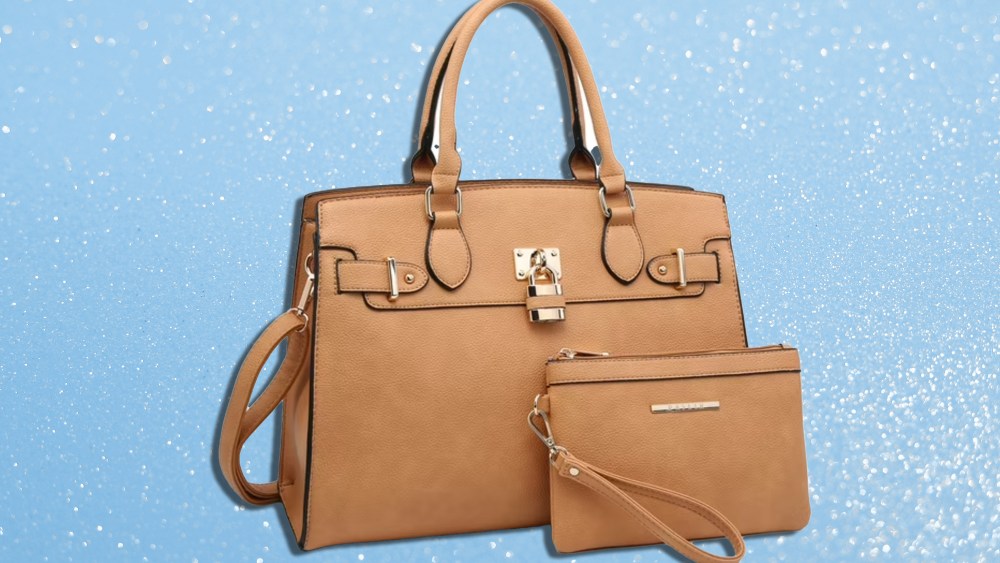SCANDICCI, Italy — Leather goods account for 70 percent of sales at Saint Laurent, and ambitions for further growth of the category at the French brand are high, reflected by the official inauguration of the new Atelier Maroquinerie in Scandicci, near Florence, on Friday.
The major new facility is dedicated to the production of handbags, small leather goods, belts and accessories. Francesca Bellettini, chief executive officer of Saint Laurent and deputy CEO of parent group Kering, presented it as “the center of excellence and competence” of the brand, which will “play a vital role in our growth objectives.”
“Bringing together the development of both accessories and leather goods, the atelier will be an environment for sharing expertise, generating ideas and encouraging experimentation,” continued Bellettini. “L’Atelier Maroquinerie will help us realize our ambition to develop the most desirable leather goods and accessories in the world.”
Covering almost 310,000 square feet, the atelier employs more than 500 artisans and technicians. The facility will produce all of the brand’s prototypes and samples as well as bespoke items for Saint Laurent’s VIP clients. Production activity on the site will be limited to the more complex items that require superior technical skills.
All of the leather goods collections are developed in-house, including 25 to 30 prototypes a day.
Internal production is 5 percent of Saint Laurent’s global leather goods volumes, or about 500 bags a day. The maxi shopping Icare, the Jamie, the Bea and the 5 à 7 are currently some of the bestselling bags.
The rental deal with the owner of the buildings that make up the complex, CDP Real Asset, under a 27-year agreement was formalized in January 2020, just before the COVID-19 pandemic hit, and Bellettini confessed that seeing the completion of work on the key venue was a moment of pride and that “the emotion is a lot.”
The complex was erected between 1991 and 1994 to house the Center of the Ministry of Finances but was never completed or used, and has been re-qualified by CDP Real Asset with an investment of more than 30 million euros according to the needs of Saint Laurent.
“We could have erected a building from scratch but this gives us much more satisfaction,” said Bellettini. “It reflects the extraordinary collaboration with CDP, we worked with tenacity and respect for one another.”
Formerly known as the “Palazzo delle Finanze,” the building was conceived by architect Pierluigi Spadolini. Giancarlo Scotti, CEO of CDP Real Asset, controlled by Cassa Depositi e Prestiti, said it was a “complex project, and although not originally completed, the design was of great quality” and new green spaces have been established around the complex.
It is undoubtedly striking, spanning over four floors, with several interconnected buildings for easier communication, speed and efficiency.
The complex is filled with natural light, as expansive windows with green frames are among the main elements. In fact, the interiors are peppered with numerous plants, and green velvet chairs — the color a recurring theme — juxtaposed with white desks and some black chairs. The complex offers beautiful views of the Tuscan hills. A furnished, spacious courtyard promises to be a welcoming meeting point during the warmer months. Bellettini underscored that all the elements of the decor were approved by creative director Anthony Vaccarello.
L’Atelier Maroquinerie will be home to Saint Laurent’s extensive research and development activities, helping to foster innovation in materials and components, and production flexibility, said Bellettini. “Innovation is not only technological but also manual.”
To ensure the future of production, the location includes a specialist school to train artisans and technicians and provide advanced courses for experienced personnel. In addition to after-sales support, the facility will provide repair and refresh services for clients in Europe, while training colleagues at Saint Laurent’s worldwide repair centers to ensure globally consistent quality and service.
“Luxury has a duty to continue to invest and the heart of leather goods is here,” said Bellettini. “L’Atelier Maroquinerie will combine generations of knowledge with new levels of innovation. Creativity is at the center of what we do, it’s our pride and satisfaction to invest in creativity. Business comes after.”
Saint Laurent arrived in Scandicci 10 years ago with 60 employees, but outgrew its previous space and is now regrouping all the leather goods artisans under the same roof here. Bellettini underscored the value of the “fundamental” link between France and Italy, where there are 13,000 Saint Laurent employees. She said 84 percent of suppliers are Italian.
To be sure, Scandicci is a key leather goods production hub, home to Gucci’s sprawling leather goods and shoe industrial complex ArtLab a few steps away, as it is to a Prada complex, among others. Most of the external production of Saint Laurent leather goods come from Tuscany, said the executive.
The building will receive the LEED Gold certification. In sync with Kering’s environmental objectives, Saint Laurent on site experiments with the use of new materials, such as TPU; sustainable packaging, and reducing and reusing leather scraps. Women at the complex represent 53 percent of total employees and 50 percent of managers are women.
The ribbon cutting was held in the presence of the president of the Tuscan region, Eugenio Giani, and the mayors of Florence and of Scandicci, respectively Dario Nardella and Sandro Fallani.



